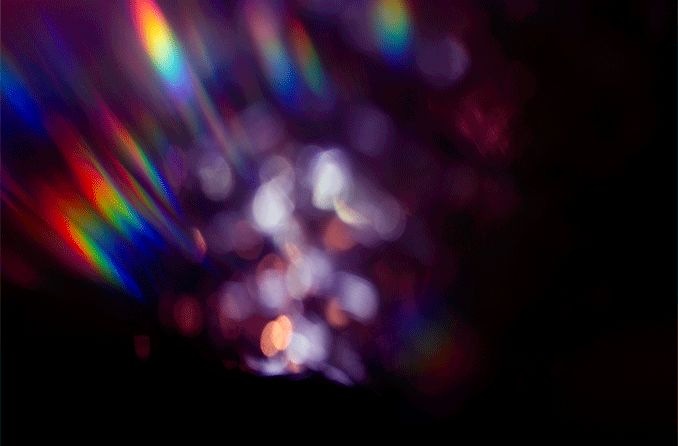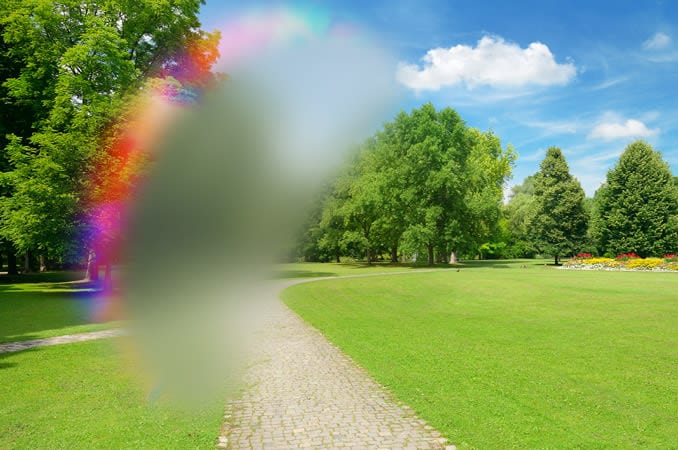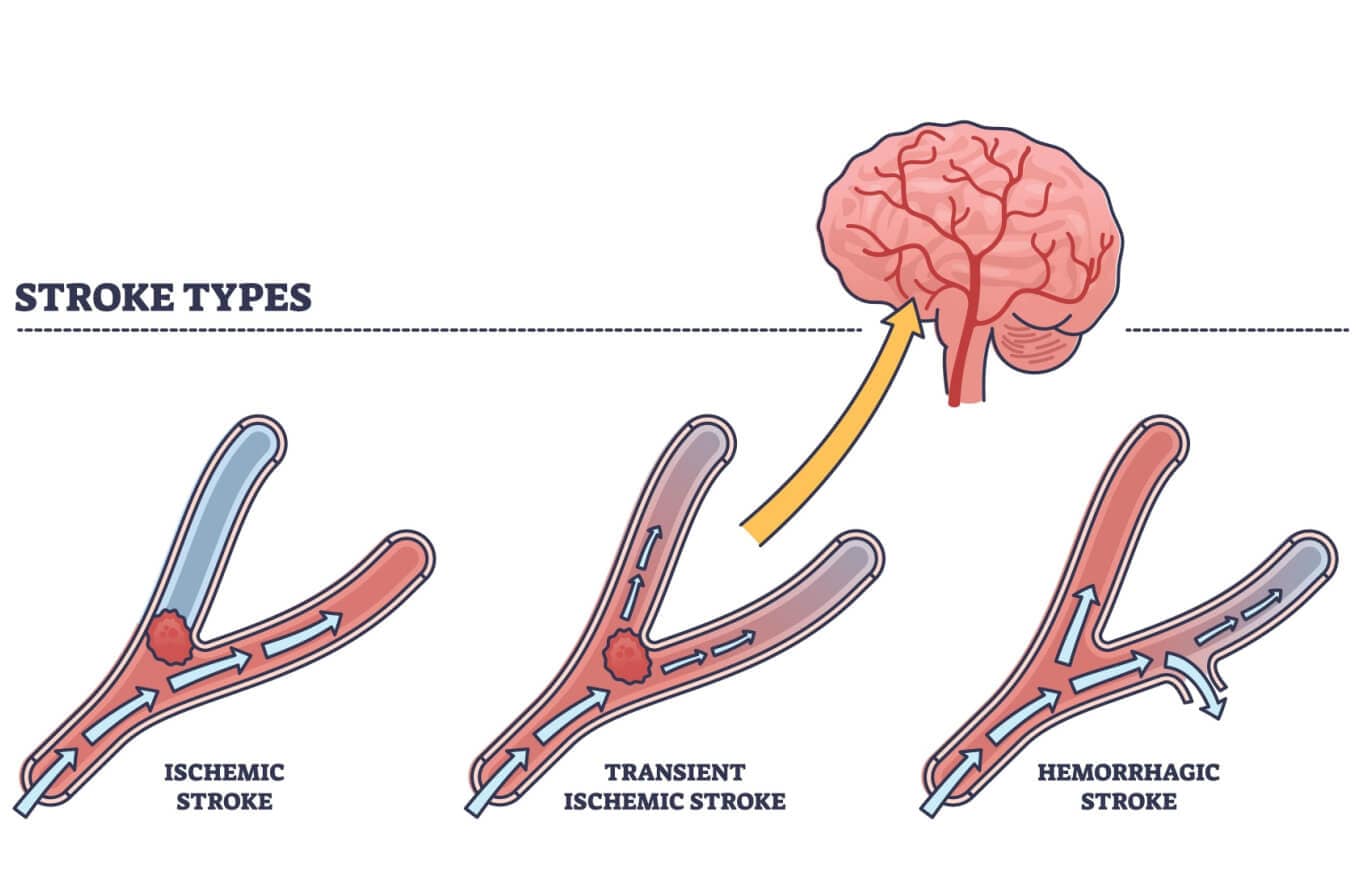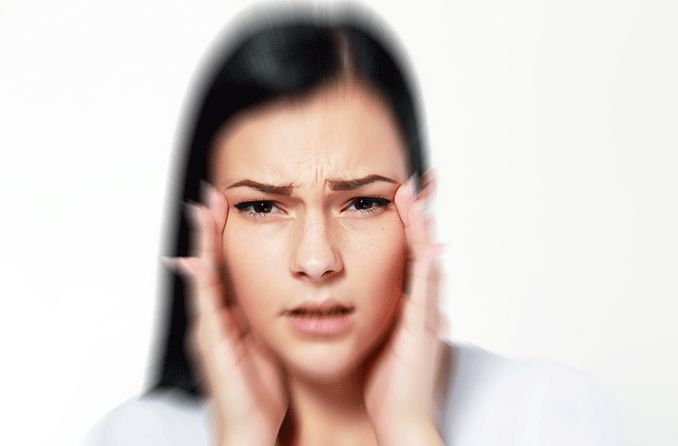How is kaleidoscope vision treated?
Kaleidoscope vision is not an illness or condition but, rather, a symptom of an underlying problem that must be treated.
Thus, migraine treatments and therapies are often the best way to deal with kaleidoscope vision. For starters, you need to figure out what set your migraine in motion.
Many people who experience recurring migraines create diaries to document everything they do before a migraine hits. Then they work on avoiding triggers such as:
Stress and anxiety
Shifts in sleep patterns
Cigarette smoke and/or tobacco products
Dehydration
Fluctuations in hormone levels
Light sources, such as fluorescent and flickering lights
Loud or startling noises
Powerful scents from perfumes, chemicals, gasoline, etc.
Strenuous exercise
Extreme heat, storms and other weather changes
Consuming too much migraine medication may also trigger an attack. Plus, many types of food and beverages seem to play a role, including:
Beer, wine and hard liquor
Artificial sweeteners
Dairy products like aged cheeses
Caffeine
Chocolate
Cured, smoked or processed meats
Foods with monosodium glutamate (MSG)
Pickles or pickled products
Yeasts
In addition to avoiding migraine triggers, migraine medications (taken conservatively) offer an approach to dealing with kaleidoscope vision. These meds either prevent an attack or treat one after it’s started.
Migraine-prevention drugs require a prescription and are typically taken daily. Varieties include anticonvulsants, ACE inhibitors, beta blockers and calcium channel blockers.
Migraine treatment medications include familiar over-the-counter analgesics like Tylenol and Advil. Some meds work with symptoms like nausea, while others target specific nerves that trigger migraine attacks.
Because kaleidoscope vision varies widely from one person to the next, your treatment will depend on your doctor’s diagnosis.










